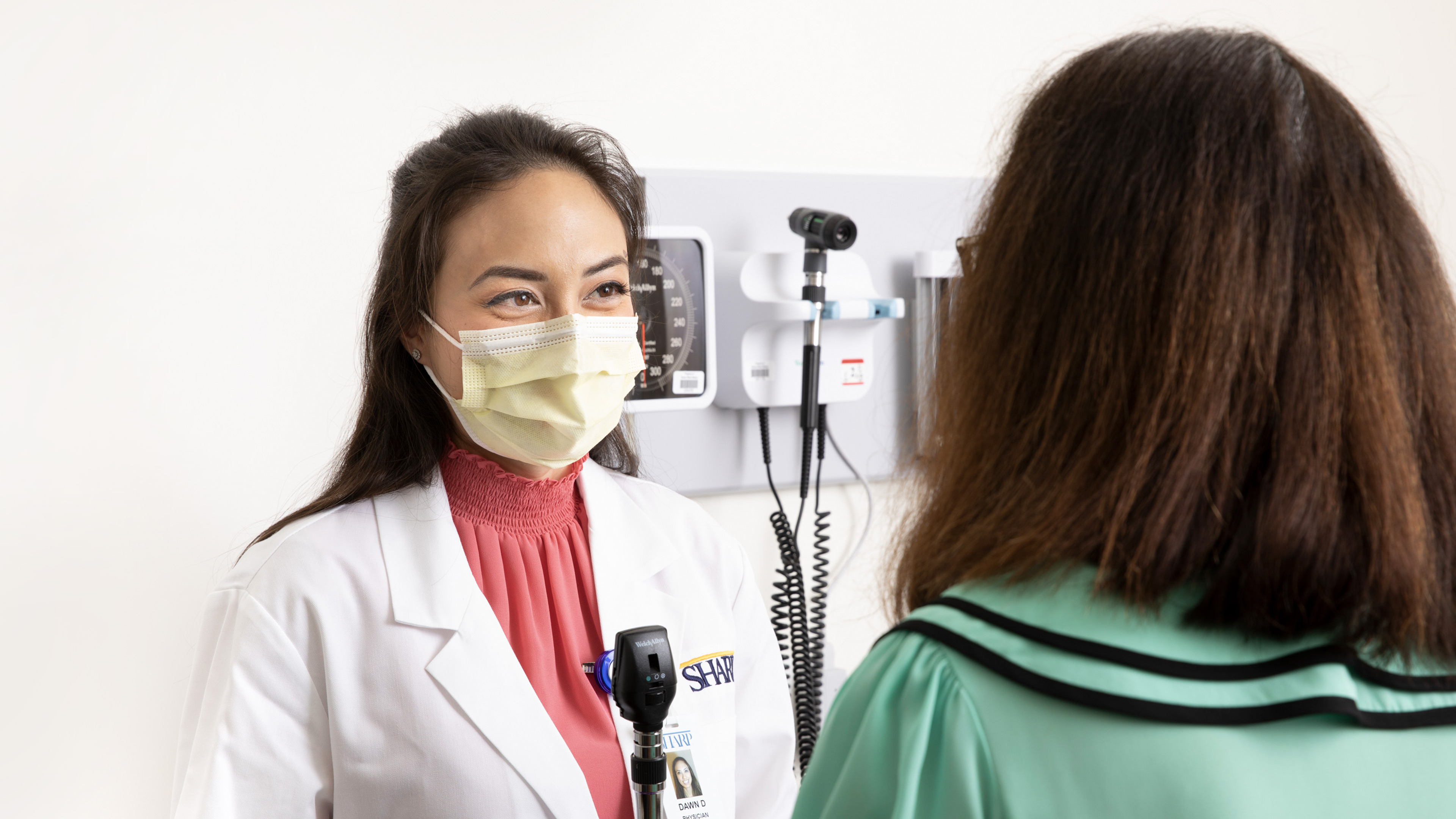Unlocking the Secrets of Glaucoma Medical Diagnosis and Treatment for Optimal Eye Health And Wellness
Glaucoma, a group of eye problems that can cause irreversible vision loss, influences countless people worldwide. While innovations in the area of ophthalmology have widened our understanding of this complicated condition, much stays to be uncovered concerning its elaborate medical diagnosis and treatment. eye center andalusia. By unwinding the complexities of glaucoma monitoring, we can potentially improve the quality of treatment provided to individuals, ensuring ideal eye health results
Review of Glaucoma
Glaucoma, a group of eye problems that damage the optic nerve, commonly leading to vision loss, is a severe and possibly sight-threatening condition. It is defined by raised intraocular stress (IOP), which can create damage to the optic nerve fibers. Glaucoma is usually referred to as the "quiet burglar of sight" due to the fact that it can progress slowly with no visible signs and symptoms till considerable vision loss takes place. There are several kinds of glaucoma, with main open-angle glaucoma being one of the most usual form. This type establishes gradually and is painless, affecting the field of vision first.

Kinds Of Glaucoma
Given the varied manifestations and intensity of the problem, understanding the distinct types of glaucoma is important for reliable medical diagnosis and monitoring. There are two primary kinds of glaucoma: open-angle glaucoma and angle-closure glaucoma. Open-angle glaucoma, also called persistent glaucoma, is one of the most usual type and establishes gradually gradually. This kind is defined by the progressive blocking of the drain canals in the eye, resulting in increased intraocular pressure and optic nerve damages. On the other hand, angle-closure glaucoma, likewise described as intense glaucoma, happens when the iris blocks the water drainage angle of the eye unexpectedly, creating a fast boost in intraocular stress. This type needs immediate medical interest to protect against vision loss.
Furthermore, within these key groups, there are subtypes such as normal-tension glaucoma, pigmentary glaucoma, and secondary glaucomas, each with its unique reasons and risk factors - eye doctors in andalusia. Appropriate identification of the details kind of glaucoma is crucial for tailoring a reliable treatment strategy to handle the condition and protect vision
Diagnostic Strategies
To accurately detect glaucoma and figure out one of the most appropriate program of therapy, ophthalmologists use a variety of diagnostic strategies. Among the primary approaches used is tonometry, which gauges the pressure inside the eye. Raised intraocular pressure is a key indicator of glaucoma. An additional critical examination is perimetry, which assesses the aesthetic area to discover any type of possible loss of peripheral vision-- a common early indication of glaucoma. Ophthalmoscopy is also often employed to examine the optic nerve for signs of damage or problems. Optical coherence tomography (OCT) is a much more innovative imaging strategy that gives in-depth cross-sectional pictures of the retina, enabling early detection and monitoring of glaucoma progression. Additionally, gonioscopy is utilized to examine the eye's drain angle, aiding in recognizing the kind of glaucoma existing. By integrating these diagnostic tools, ophthalmologists can accurately detect glaucoma and tailor therapy prepares to maintain individuals' eye wellness.
Treatment Alternatives

For more advanced or severe situations of glaucoma, medical interventions like laser trabeculoplasty or traditional surgical treatment might be necessary to boost liquid drainage. In addition, minimally invasive glaucoma surgeries (MIGS) have obtained popularity as they provide a less invasive option with quicker recuperation times. It is essential for people with glaucoma to follow their recommended treatment routine and participate in routine follow-up consultations to keep track of the effectiveness of the picked treatment strategy and make any type of necessary changes.
Precautionary Measures
Normal tracking of eye wellness and early discovery of danger variables play a crucial function in implementing efficient preventive procedures against glaucoma. People with a family history of glaucoma or those over the age of 60 need to particularly focus on regular eye examinations to capture any indicators of the condition early. Additionally, preserving a healthy and balanced lifestyle via routine workout and a well balanced diet can assist reduce the danger of developing glaucoma.
One more trick safety net is to stay clear of prolonged use corticosteroid drugs, as these have actually been linked to a boosted threat of glaucoma. Furthermore, shielding the eyes from injury by wearing proper glasses during high-risk tasks and preventing eye injury can aid prevent the beginning of glaucoma.
Education and learning and recognition concerning YOURURL.com glaucoma are additionally crucial safety read more nets. By comprehending the danger elements, symptoms, and importance of regular eye examinations, individuals can take proactive actions to protect their eye health and wellness and spot glaucoma in its onset. By integrating these precautionary measures right into everyday habits, people can dramatically minimize their risk of creating glaucoma and maintain optimum eye health and wellness.
Conclusion

There are a number of types of glaucoma, with key open-angle glaucoma being the most typical type. There are two key types of glaucoma: open-angle glaucoma and angle-closure glaucoma - eye doctors in andalusia. Open-angle glaucoma, also understood as chronic glaucoma, is the most usual kind and establishes gradually over time. On the other hand, angle-closure glaucoma, also referred to as acute glaucoma, occurs when the iris blocks the water drainage angle of the eye unexpectedly, causing a fast rise in intraocular pressure. By recognizing the risk aspects, signs, and relevance of routine eye examinations, people can take positive actions to maintain their eye health and wellness and identify glaucoma in its early phases